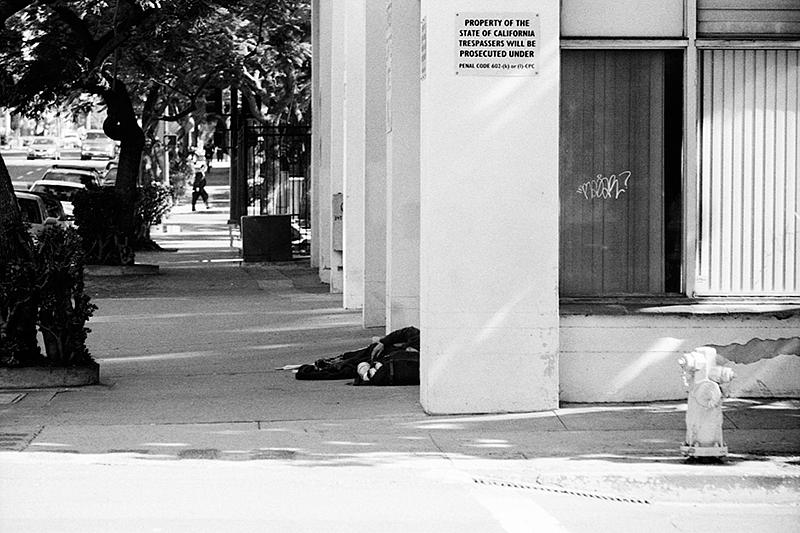Why California’s mental health conservatorship system is failing — and how 'gaps' are only growing
California is grappling with a homeless crisis, and elected officials across party lines are turning to mental health conservatorships as a possible solution.
State law allows citizens who have severe mental illness and have been deemed gravely disabled to be placed under a conservatorship. That often means a public guardian, employed by a county office, can make medical treatment decisions for a person and, if needed, place them in a locked psychiatric facility.
But just who should be considered “gravely disabled” is at the center of a debate over whether the state should expand conservatorships. Some argue the standard is too stringent and lets people, including mentally ill homeless residents, slip through the cracks.
Among the supporters of an expansion is San Diego Mayor Todd Gloria, whose office has been criticized for its response to the city’s growing homeless population.
He called for an overhauling of the process.
“I am pushing for state action on conservatorships so that people who cannot help themselves aren’t left vulnerable to the dangers of life on the streets,” Gloria said in his State of the City speech earlier this year.
But opponents of an expansion have raised concerns about the effectiveness of coerced treatment and potential infringement upon civil liberties. Some advocates also worry an expansion would be used to clear encampments and unfairly target homeless residents, who already face the stigma of having mental illness.
Yet as the debate continues — and as Gov. Gavin Newsom rolls out a court initiative meant to provide more treatment options — officials have failed to study whether the state’s existing conservatorship system even works. A state audit was conducted in 2020, but was limited in scope and only examined three counties.
In fact, basic details are unknown: The true number of mental health conservatorships in California isn’t clear because data is woefully lacking across the state.
Prior news reporting and early research shows a series of problems: a shortage of psychiatric beds, with counties competing against each other for what is available; varying levels of services available to people entering and exiting conservatorships; and a revolving door as 72-hour holds, commonly known as 5150s, continue to increase while the number of conservatorships drops.
It's a confusing process, complicated by the lack of information, resources and at times political willpower to do any better. A New York University professor found “serious gaps in both authority and accountability” in California’s conservatorship system, saying the state “has largely abdicated a role in oversight and evaluation of conservatorships.”
Left to navigate the inadequate system are citizens with serious mental illness and their loved ones who are seeking help. This is who we’ll center in our reporting for the 2022 California Fellowship as we investigate the effectiveness of California’s mental health conservatorships system, with a focus on inewsource’s coverage area of San Diego and Imperial counties.
Mental health conservatorships attract daily coverage when it comes to the newest legislation or the latest elected official to put their support behind an expansion, for example. But the general public is largely unaware of the process, and in-depth journalism on the systems in San Diego and Imperial counties has yet to be produced.
Enterprise reporting is especially lacking in Imperial County, where poverty is high and homeless rates have been on the rise for several years.
We already have a track record of publishing impactful health reporting at inewsource, a nonprofit newsroom that focuses on investigative and accountability journalism. And our reporting on conservatorships has already begun.
We’ve obtained what data is available, started speaking with stakeholders, and continue to file records requests. We also held an off-the-record focus group with participants that included advocates, loved ones, health professionals and those who have experienced the system firsthand. The candid conversation was sobering and informative — and it served as a powerful reminder of the need for impactful reporting on this topic.
This is an opportunity to think outside the box. What unique engagement techniques can we bring to this project to reach those impacted most? How can we make the reporting not just relatable, but useful, for those trying to navigate the conservatorship system.
As legislation affecting state conservatorship laws is crafted and debated, and officials offer up new initiatives for mental health services, my goal is inform readers on how our region compares to the rest of the state on mental health conservatorships, build the general public’s knowledge of the system — and, ultimately, influence discussions for the better.


